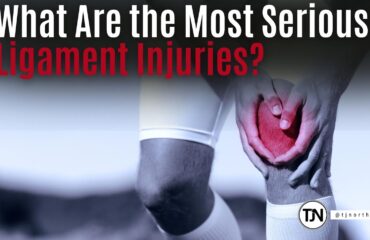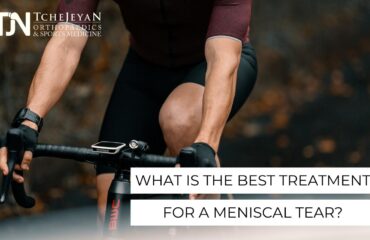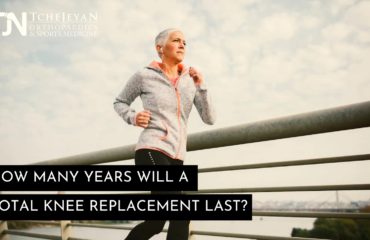Arthroscopy Recovery: When Can I Bend My Knee?
Arthroscopic knee surgery is a type of minimally invasive surgery used to address a wide range of knee problems. Offering an alternative to traditional knee surgery, which often requires a hospital stay and a lengthy recovery period, knee arthroscopy allows surgeons to treat many types of tendon and ligament injuries in an outpatient setting. Recovery times are usually much quicker for arthroscopic procedures when compared to traditional surgery.
After having arthroscopic surgery, however, your overall recovery time to restore full range of motion and full strength can be affected by factors such as your age, the type and severity of the injury, your overall health status, and your dedication to rehabilitation through physical therapy. The type of injury being treated with arthroscopic surgery will also typically determine how soon patients will be able to bend their knees following the procedure.
The following are some typical injuries that are treated by arthroscopy, and what you can reasonably expect in terms of your recovery.
Torn Meniscus
Arthroscopic surgery is frequently used to remove all or some of a damaged meniscus, which is called a meniscectomy. The meniscus is a tough, U-shaped piece of cartilage that acts as a shock-absorber for the knee joint. A complicated meniscectomy will require patients to keep their legs immobilized for two weeks. However, physical therapy will begin immediately following surgery and will involve passive movement exercises that bend the knee. These exercises, guided by a physical therapist, move the joint through its entire range of motion without bearing weight.
An uncomplicated meniscectomy has a faster recovery time, and patients will typically be able to support some weight on the joint using crutches within a day or so of surgery. While the knee may not have its usual range of motion immediately following surgery, it will bend and continue to improve in flexibility as recovery progresses. Physical therapy can be instrumental in restoring both strength and range of motion. Unlike with a complicated meniscectomy, patients can place as much weight on the joint as they can tolerate.
Articular Cartilage Removal
Articular cartilage is the cartilage that covers the ends of the bones of the knee. Routine wear and tear over time can cause damage to this cartilage, resulting in pieces of cartilage breaking and flaking off. Arthroscopic surgery is utilized to remove the pieces of cartilage so that they do not cause pain or joint problems. After this procedure, weight-bearing is not allowed for the first few weeks. Passive movement therapy will begin to manipulate and move the joint during the first week following the surgery, including bending the knee.
ACL Reconstruction
Following an ACL reconstruction, the patient’s knee will be braced to prevent it from bending past 90 degrees. However, walking and bending the knee as much as feels tolerable is allowed immediately after the procedure. In addition, patients are usually prescribed continuous passive motion machine exercises that are designed to increase knee health and range of motion.
Movement Guidelines Following Arthroscopic Surgery
Some post-operative rules are universal regardless of the specific issue being treated with arthroscopic surgery. Unless instructed otherwise, patients should move the joint gently to help ease swelling and preserve mobility. Passive activities that keep the joint mobile are recommended for most individuals. When completing a range of motion exercise, most patients will be instructed to move as much as their knees allow without stressing the joint; however, they should never bend past a right angle unless and until permitted by their therapists or doctors.
Arthroscopy allows individuals to receive knee surgeries without putting their bodies through the stress of a hospital stay and prolonged recovery time. Even the most extended recovery times for arthroscopic procedures are shorter than the recovery would be with traditional surgery. To learn more about arthroscopy, and if you are a candidate for it, contact Tchejeyan Orthopaedics and Sports Medicine today.




